There’s probably no one who is completely indifferent to snakes. Some dislike them so much that even seeing a snake can cause panic. Others, on the contrary, are fascinated by reptiles. Cyprus is home to more than six different species of snakes — from completely harmless to the island’s only truly venomous snake — the blunt-nosed viper (Macrovipera lebetina).
If you are planning a vacation in Cyprus, or have already made this beautiful Mediterranean island your home, it is useful to familiarize yourself with its reptiles. Perhaps you’ve already wondered how many truly dangerous snakes can be found on the island. Fortunately, most snakes on Cyprus are not dangerous. Nevertheless, it’s always wise to be cautious. As the saying goes: forewarned is forearmed.
We have created a detailed guide to the snakes of Cyprus for you. In it, you will learn what Cypriot snakes look like and which is the most dangerous species on the island. You’ll also find useful tips on how to distinguish venomous from non-venomous snakes, what to do if bitten, and what to avoid. Stay with us!
Snakes of Cyprus
Good news: there are very few dangerous snakes on Cyprus. The only truly dangerous snake to humans is the blunt-nosed viper, a member of the viper family. The other Cypriot snakes are either mildly venomous and not dangerous to humans, or completely non-venomous.
Montpellier Snake (Malpolon insignitus)
Named after the French city where it was first discovered, this snake has two subspecies — western and eastern. The eastern subspecies is found in Cyprus. It has a greenish and light brown coloration, with a light yellow belly. Its fangs are located at the back of its jaw.
Montpellier snakes can reach up to 2 meters in length. They inhabit the entire island but prefer dry, rocky, and shrub-covered areas. So, while walking along the coast or in the Troodos mountains, you may encounter them. No need to panic! This species is mildly venomous, but its bite is not life-threatening. Its rear fangs make it difficult to deliver a significant amount of venom. Symptoms of a bite are usually mild: discomfort, headache, and localized swelling.
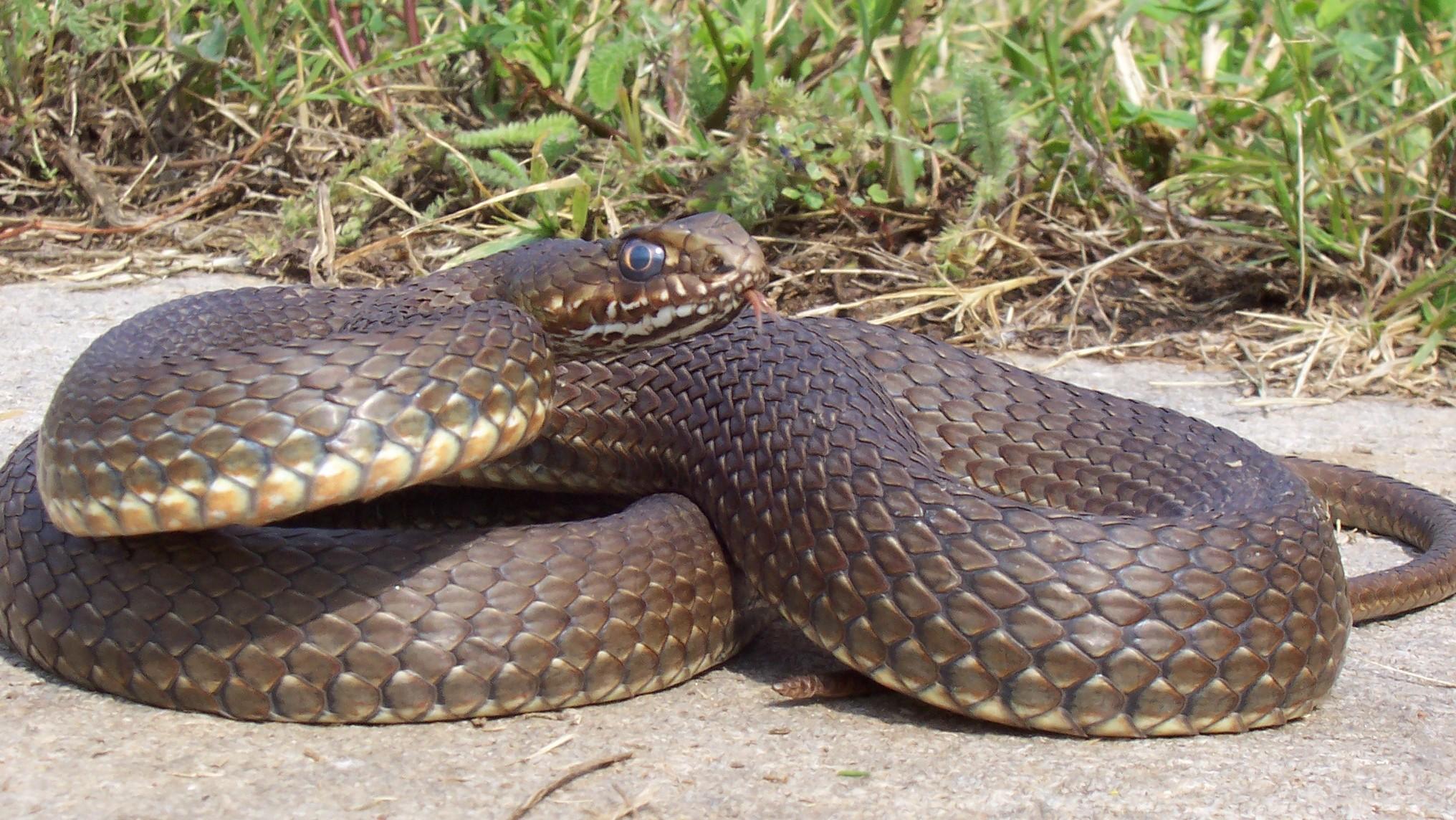
Eastern Montpellier Snake (Psammophis lineolatus)
This snake has a variety of colors — pinkish, ochre, or brown. It is relatively small, up to 1.4 meters long, with large eyes featuring round pupils and yellow rings. It earned its name because of its fast, arrow-like movements. It is completely harmless and non-venomous. Found in dry rocky soil in mountains and plains, it can climb trees. It usually avoids human contact but may come close to houses while hunting lizards and insects.
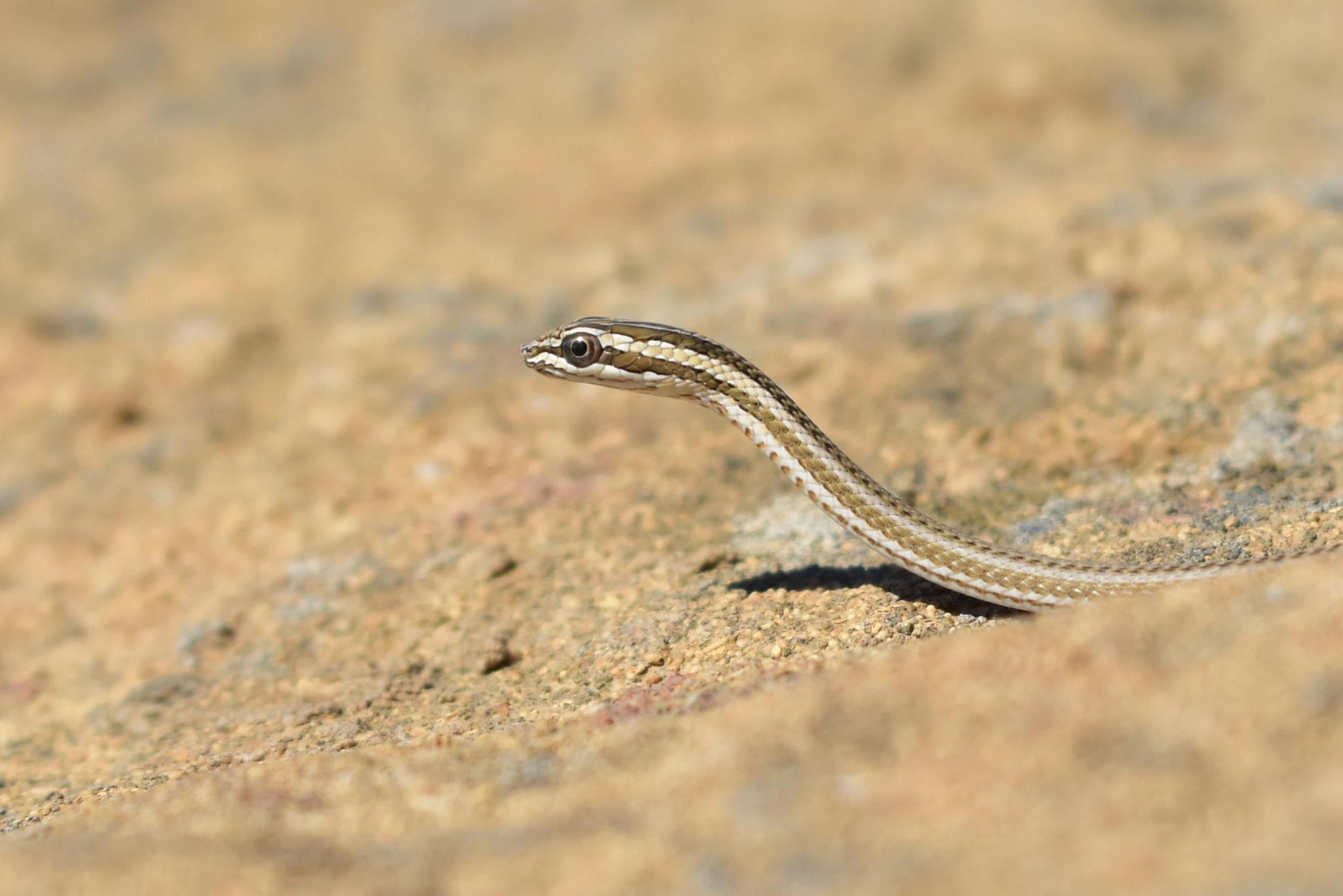
Cat Snake (Telescopus fallax)
This is a mildly venomous snake, not dangerous to humans. Its fangs are also located at the back of the jaw. Easily identified by wide dark stripes on its back, its coloration ranges from beige and yellowish to olive. Its large eyes have vertical pupils, resembling a cat’s, hence its name.
Cat snakes are nocturnal, found across Cyprus, often near caves, ruins, and abandoned stone buildings. They feed on insects, small lizards, and sometimes rodents. Their bite is mild, causing only slight inflammation and discomfort. Despite being somewhat defensive, their threat displays (coiling, hissing, striking) are usually bluff.
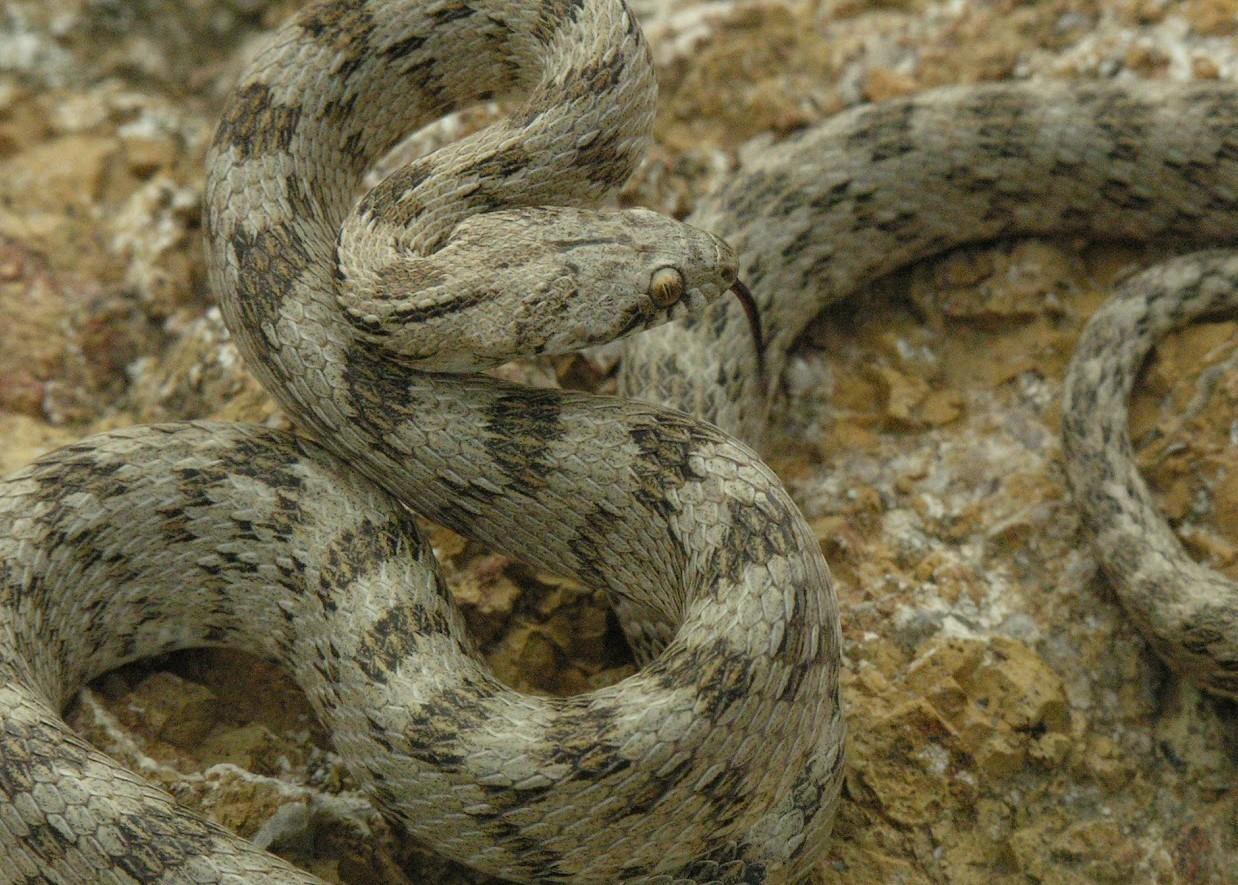
Lizard Snake / “Coin Snake” (Hemorrhois nummifer)
The lizard snake belongs to the colubrid family and is completely harmless. It is also called the “lead snake” because of its coloration. The lizard snake has grayish skin with clearly defined brown spots on its back, which resemble coins in shape. This is how it earned the nickname “coin snake.”
The back of the “coin snake” slightly resembles the pattern of the viper. However, unlike the venomous viper, the lizard snake has round pupils, whereas the viper has vertical pupils.
The “coin snake” is not one of the largest snakes in Cyprus, growing to no more than 1.7 meters in length. Like other Cypriot snakes, it feeds on lizards, small rodents, and even other snakes. Its habitat is extensive, ranging from shrubland plains to the highland areas of the Troodos Mountains. The lizard snake is non-venomous, but its bite can be quite painful, and the mark can remain for a long time, which is also unpleasant. Because of its similarity to the viper, the lizard snake has undeservedly earned a bad reputation among locals, who often kill it thinking it is venomous.
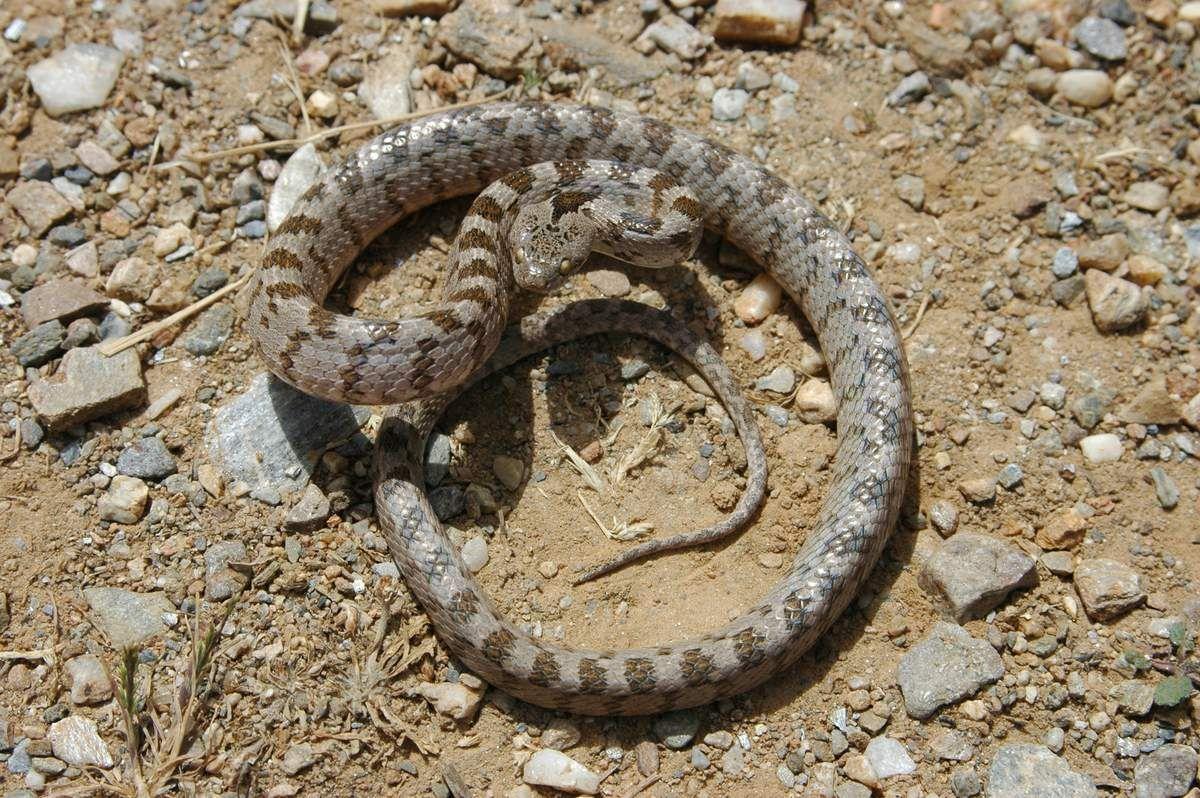
Black Snake (Dolichophis jugularis)
The black snake is the largest snake not only in Cyprus but also in Europe. It can reach lengths of 2.5 meters, and sometimes even 3 meters. However, this large snake is very agile. It has smooth black skin that shines and glimmers in the sunlight. Despite its size, the black snake is completely harmless and is classified as a non-venomous snake in Cyprus.
It has a narrow head and round pupils, which distinguishes it from venomous snakes. This is the most common snake in Cyprus, and it’s quite possible you have already encountered one. These snakes can often be found along the coast, near houses, and also high in the mountains. The black snake is primarily diurnal, which is why it is often seen. It mainly preys on rodents and lizards, but it may also eat small birds and other snakes. It is a harmless species, completely safe for humans. However, locals often kill it out of fear due to its impressive size and unusual coloration. In reality, the black snake is not only harmless but also beneficial to humans, as it helps farmers and landowners control rodent populations.
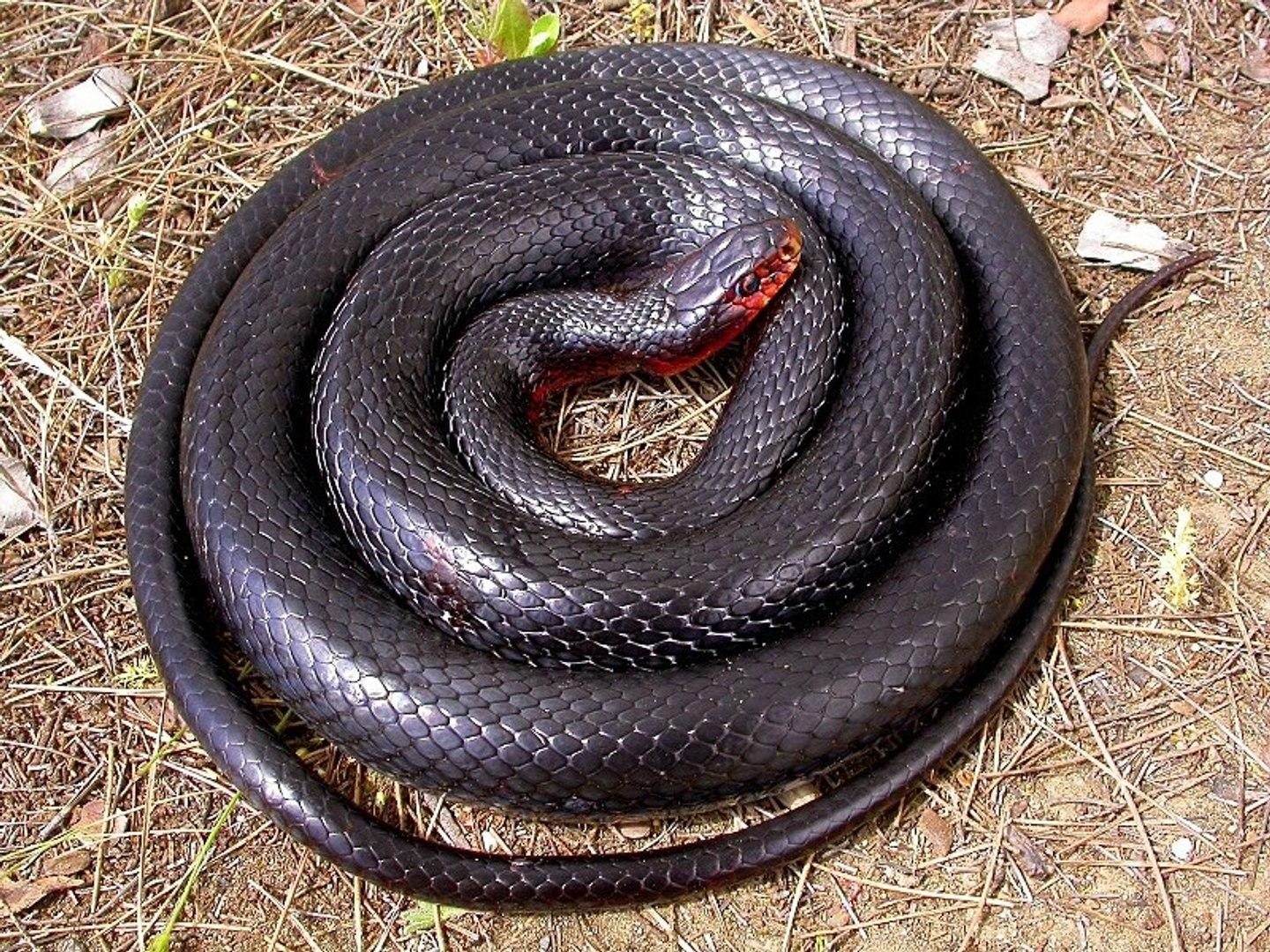
Cyprus Grass Snake (Natrix cypriaca)
Another snake in Cyprus that is completely harmless to humans is the Cyprus grass snake. This species is endemic to the island, and unfortunately, its population is currently decreasing. The Cyprus grass snake is very beautiful — it has grayish or beige skin with dark brown spots on its back. Its belly is yellowish, and on the sides of its head, two yellowish spots can also be seen.
The Cyprus grass snake is a true “amphibious” snake. It is an excellent swimmer and enjoys spending time in local freshwater bodies, hunting small fish, amphibians, and frogs. This unusual snake lives near water bodies, which recently have been drying up due to drought. As a result, the Cyprus grass snake is currently classified as an endangered species and requires protection.
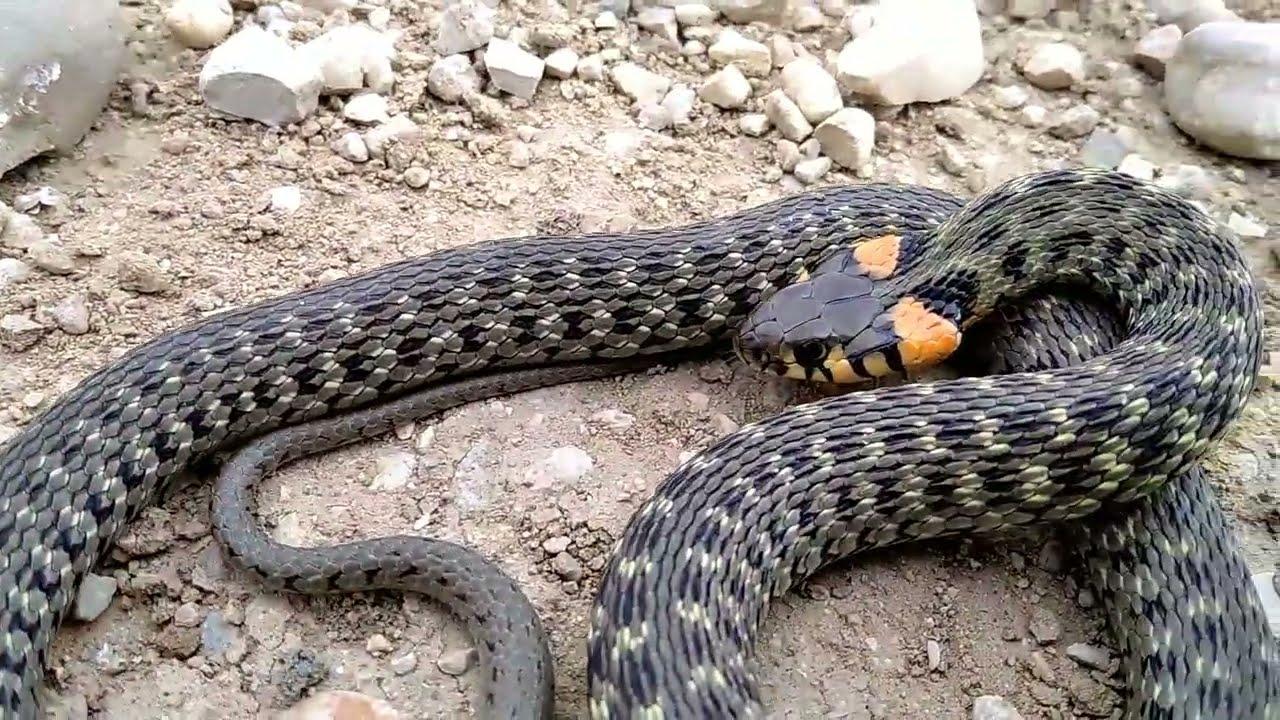
Viper (Macrovipera lebetinus)
The viper is the only venomous and truly dangerous snake species in Cyprus. Its skin is usually light gray or beige. It can be recognized by the characteristic brown rhomboid markings on its back. This venomous snake has a fairly large triangular head with a blunt snout. Another distinguishing feature is its narrow vertical pupils. The viper is not among the largest snakes in Cyprus, reaching only about 1.5 meters in length.
As the most venomous snake in Cyprus, the viper fully deserves this reputation. Its venom is highly toxic, second only in potency to cobra venom. A bite from a viper immediately causes severe swelling and sharp pain at the site. Its venom can lead to vascular damage, internal bleeding, and thrombosis. Immediately after a bite, dizziness and vomiting occur, which can lead to loss of consciousness and, if timely medical care is not provided, even death. However, the viper has a secretive lifestyle and rarely attacks humans first. In winter, it hibernates, and it becomes more active in spring during mating season. In summer, it is usually active early in the morning or after dusk. In spring and autumn, it can sometimes be seen during the day. It mainly hunts small rodents and birds. Like other Cypriot snakes, the viper prefers dry, rocky areas and mountainous regions, except for dense pine forests. Sometimes it can be found in farmland, abandoned houses, and ruins.
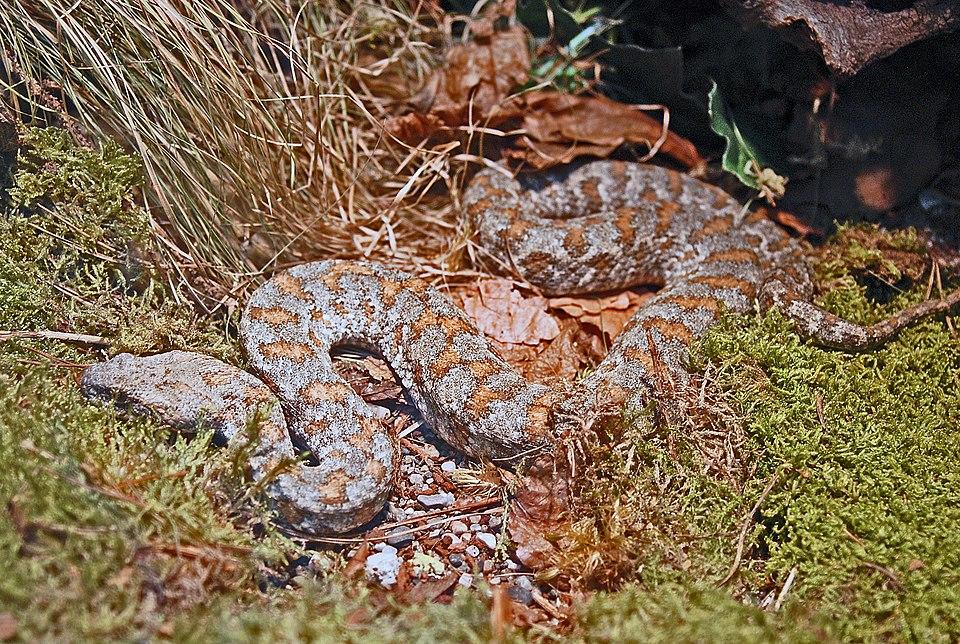
Blind Snake (Xerotyphlops vermicularis)
Cyprus is also home to another very unusual snake — the Eurasian blind snake. You may have already seen it and mistaken it for an earthworm. Indeed, in appearance, this thin pinkish snake differs very little from a worm. It reaches only 25–35 cm in length, and its body is covered with translucent skin. The blind snake is light pink, and its eyes appear as tiny dots. It is not surprising that it is easily mistaken for a worm. Moreover, it behaves accordingly — spending most of its time in damp soil, burrowing underground. It primarily feeds on ants and termites. This is the strangest and most harmless snake found in Cyprus.
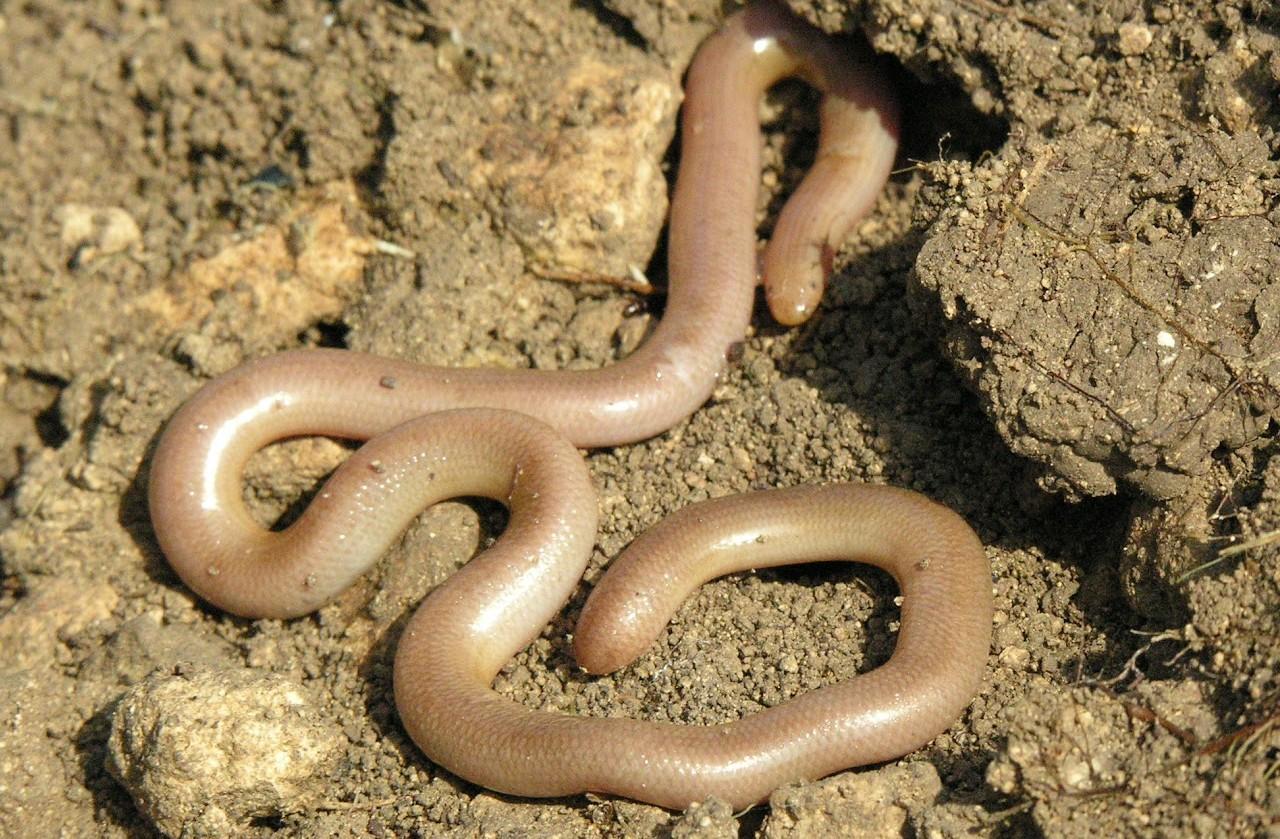
How to Distinguish a Venomous Snake from a Non-Venomous One
Fortunately, there are almost no dangerous snakes in Cyprus. The only species to be cautious of is the viper. You can easily recognize it by its large body and characteristic pattern. Its back is covered with brown rhomboid markings arranged in a zigzag. Another distinguishing feature is the triangular head with a blunt snout. Unlike other harmless Cypriot snakes, the viper moves slowly and deliberately.
The mildly venomous and practically harmless snakes in Cyprus include the cat snake and the Montpellier snake. Their bites do not cause serious health issues but can be unpleasant and painful. These snakes have small heads and relatively narrow bodies. They are very agile and move quickly. Another reliable way to determine if a snake is venomous is to look at its eyes. Venomous snakes usually have narrow, vertical pupils, while harmless snakes typically have round pupils.
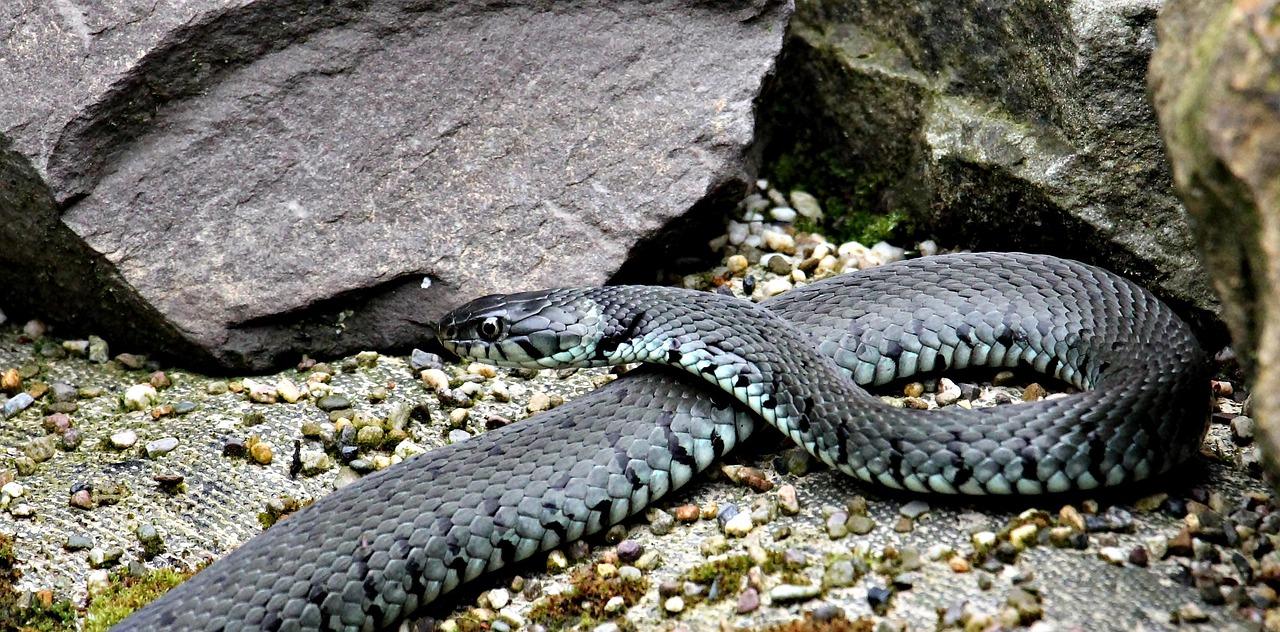
How to Behave When You Encounter a Snake
Remember that snakes are generally peaceful and, contrary to popular belief, do not wish to attack humans. The only times to be more cautious are during mating season or if you intrude on their space. Snakes are secretive by nature and will not approach a human first. However, when walking through fields or nature trails, you may accidentally step on a snake if you fail to see it in the grass while it sleeps. Many snakes sleep on roads at night, especially in summer and autumn, to retain warmth. Reptiles are cold-blooded, and asphalt remains warm for a long time. Therefore, when walking in the countryside or mountains, always watch your step. For such walks, it is better to wear closed shoes with thick soles.
It is also helpful to carry a walking stick to warn snakes of your approach. At night, a flashlight can be useful — bright light will wake the snake and make it easier to spot. If you encounter a snake, remain calm. Avoid making noise or sudden movements, as this may scare it or provoke aggression. Never approach or attempt to touch the snake. Step back and allow it to leave calmly. Do not harm or try to kill the snake. First, it is illegal in Cyprus, and second, it can be dangerous if the snake is venomous. The most important thing to remember is that Cypriot snakes will not harm you unless you provoke them.
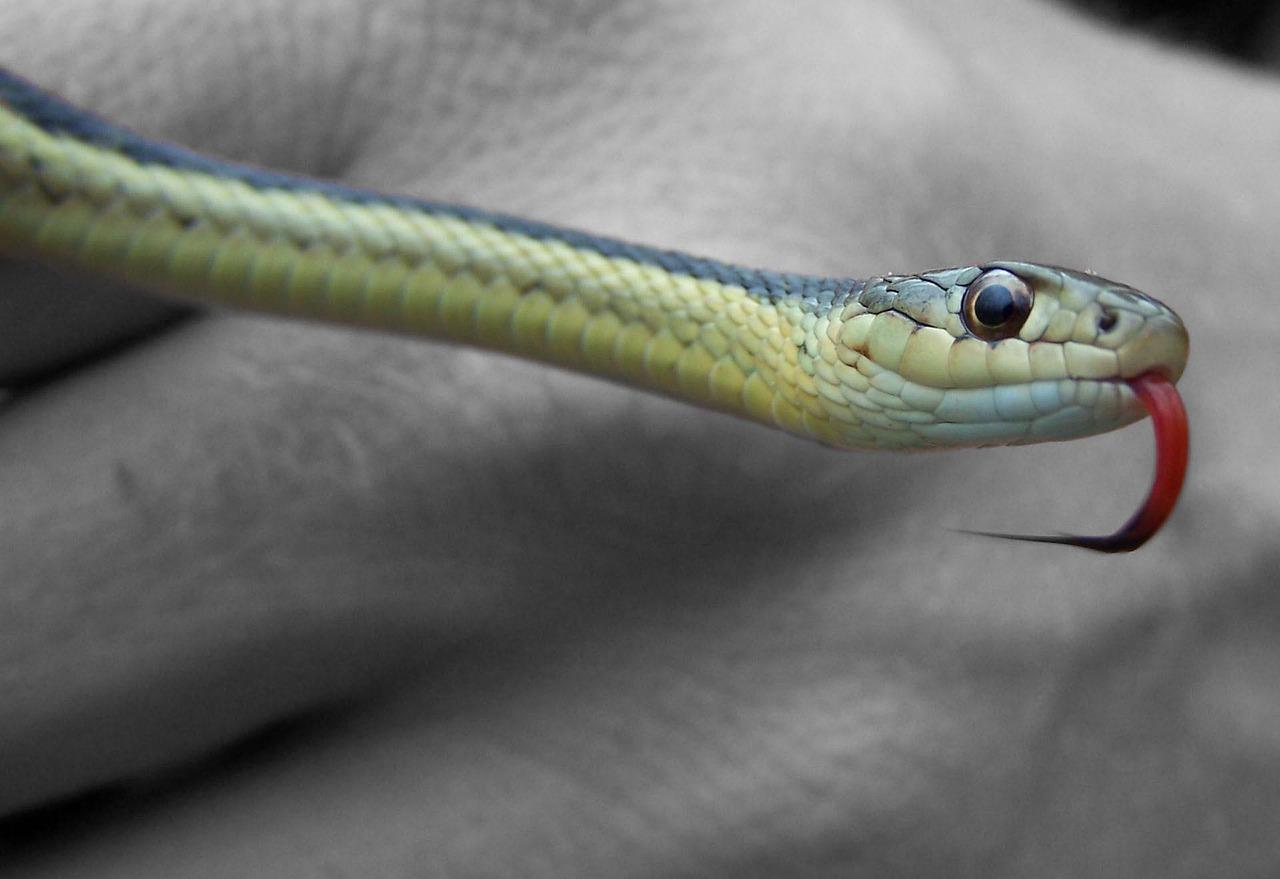
What to Do If Bitten by a Snake
The viper is the most dangerous venomous snake in Cyprus. In the event of a bite, follow these simple rules:
- Immobilize the bitten limb
- Keep the limb below heart level to slow venom spread
- Remove tight clothing and jewelry near the bite to prevent swelling
- Call Cyprus emergency services immediately — 112
- If possible, get to the nearest hospital as quickly as you can to receive antivenom
- Avoid sudden movements, which increase blood circulation and accelerate venom spread
- Even if you are unsure whether the bite was from a venomous snake or not, take all necessary precautions. Even bites from harmless snakes warrant care, and in the case of a viper bite, these measures can save your life.
What Not to Do When Bitten by a Snake
Never attempt to suck out the venom or cut the bite site. Do not apply a tourniquet or tight bandage, as it may worsen the situation. Do not apply ice directly to the bite. Avoid using folk remedies or other home treatments, as these can make the situation worse. Always seek professional medical assistance immediately.
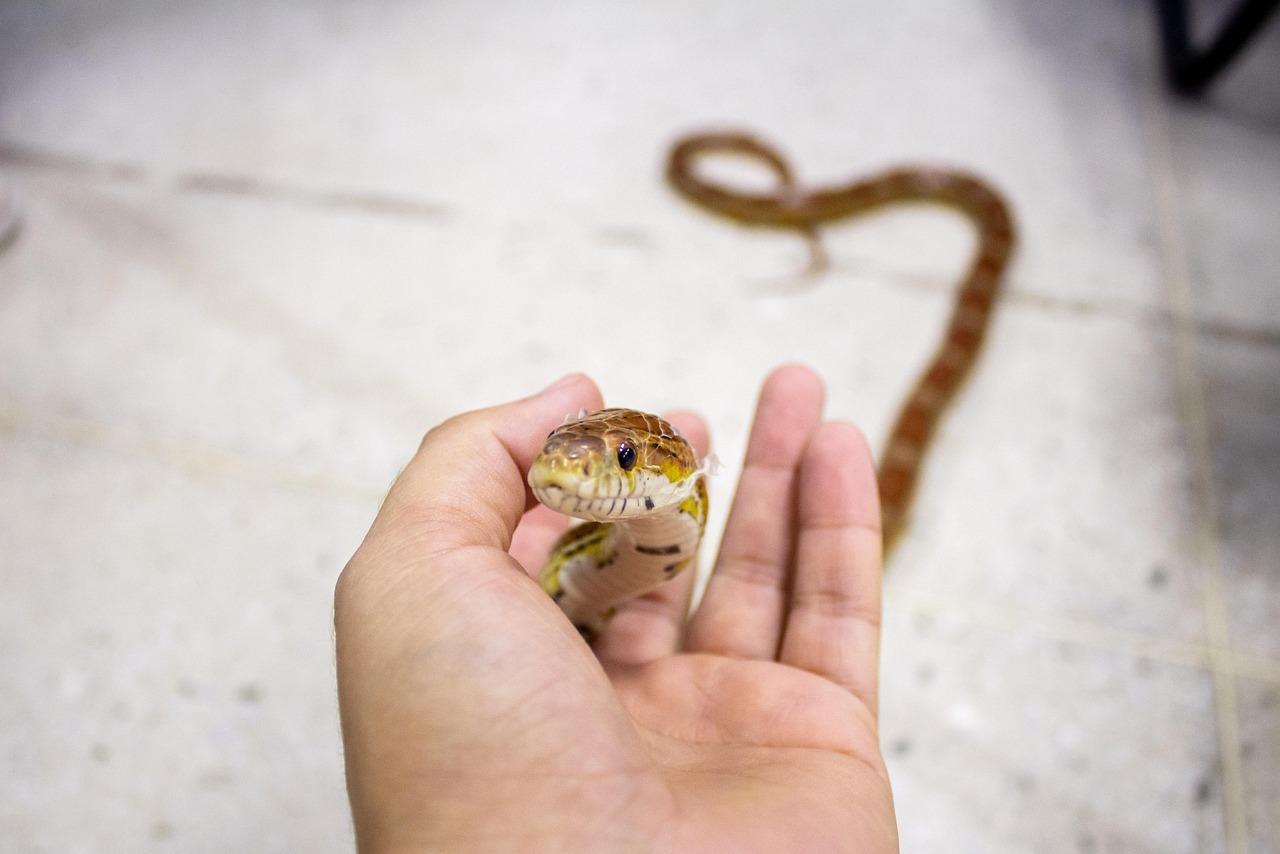
Snake Population and Protection in Cyprus
Snakes in Cyprus have historically had a poor reputation. In local folklore, snakes have often been depicted negatively, such as in the story of St. Helena ridding the island of snakes with cats. Many superstitions exist on the island, claiming snakes bring misfortune or embody evil. This negative perception is sometimes reinforced by pseudo-religious beliefs.
However, snakes play an important role in maintaining the natural balance and protecting the local ecosystem. They help control the populations of insects and rodents, particularly mice and rats. Almost all snakes in Cyprus are harmless, except for the gyurza. The others can even be beneficial, such as the black snake, which mainly hunts rodents. Even venomous snakes like the gyurza contribute to biodiversity.
In recent decades, Cypriot snakes have faced challenges. Climate change, urbanization, and human activity are destroying their natural habitats. As humans occupy more space with buildings and farmland, snakes are forced to find new shelters. Many people, out of fear or ignorance, kill snakes even when they are harmless.
All snakes in Cyprus are protected by law under the 2003 Environmental Protection Act and the European Habitats Directive. Killing a snake is punishable by up to three years in prison and a €10,000 fine. However, enforcement is rare, and no fines or prison sentences have been recorded for snake killings in Cyprus. Volunteer organizations work to improve awareness, educating locals that killing snakes is not a solution. Farmers are taught to capture and relocate snakes rather than kill them. Schools also teach children to treat snakes respectfully and how to behave when encountering them.
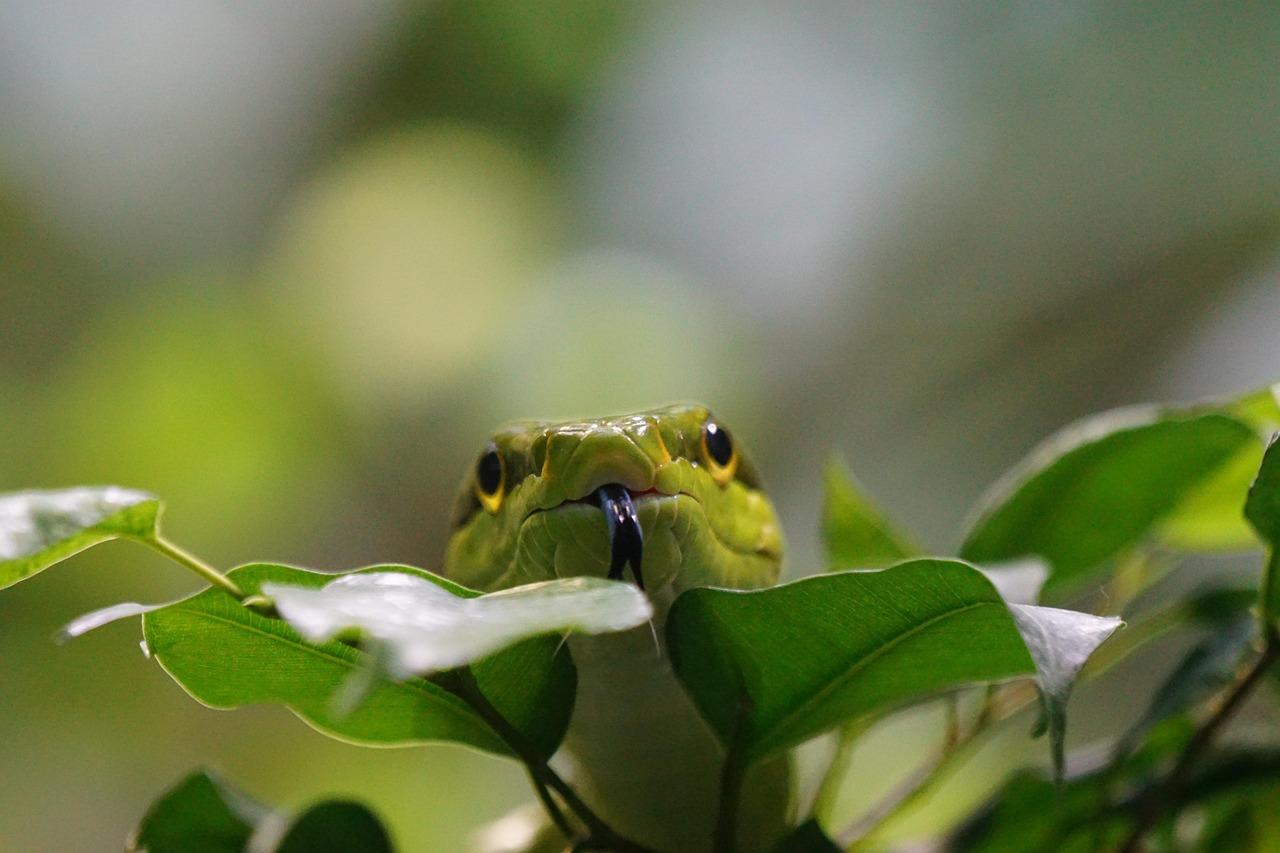
Humans and snakes have coexisted on Cyprus for thousands of years. Although their relationship has had ups and downs, one thing is clear — snakes are an essential part of the island’s natural balance and biodiversity. Unique Cyprus boasts many endemic flora and fauna species, including local snake species.
We hope this article makes your experience in Cyprus more comfortable and safe. Next time you explore the beautiful beaches and picturesque villages of Cyprus and see a snake, just let it go on its way.
Also read:
- Can you drink tap water in Cyprus: is it safe?
- Cypriot pace of life — how the island teaches slowing down and living in the moment
- Cyprus for remote workers — pros and cons, places and cafés for comfortable work
- How to get a driver’s license in Cyprus — a complete guide
- Real estate for digital nomads in Paphos

